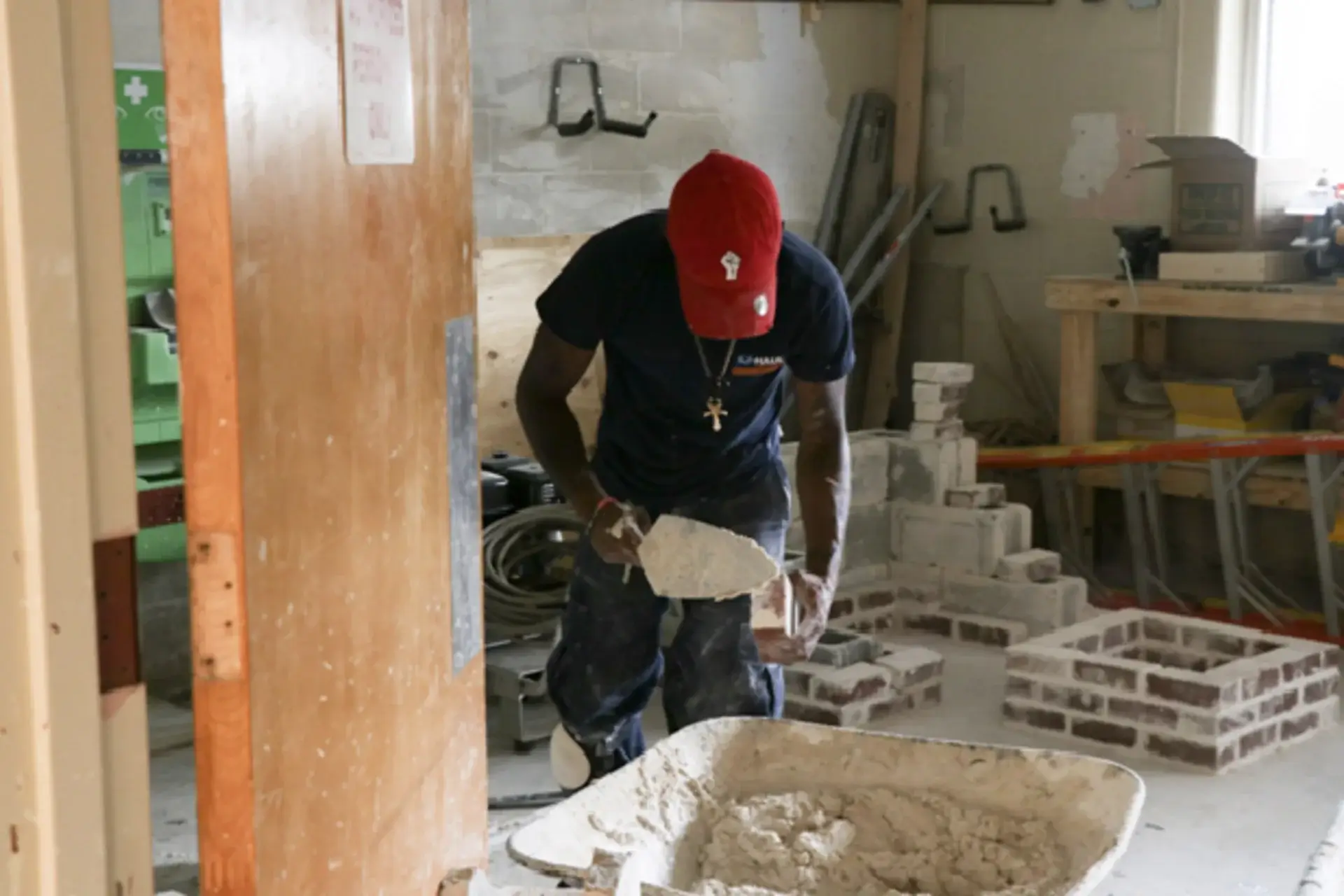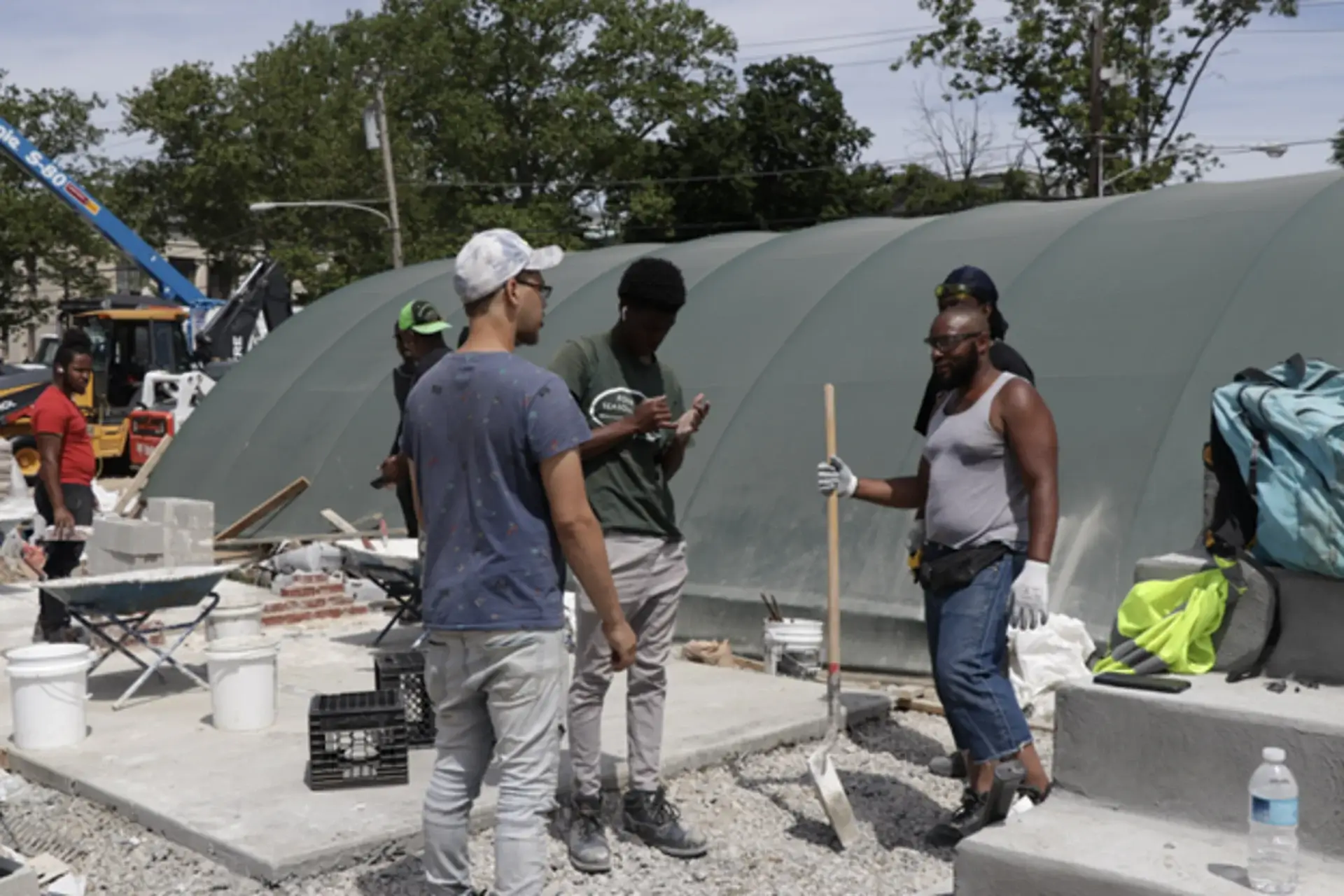Last Updated on July 15, 2025 by admin
In Philadelphia, contractors often debate between taping and complete finishing techniques for drywall finishing. Drywall finishing prepares drywall for painting or wallpapering by giving it a clean and polished look. The two main concepts—taping technique and complete finishing technique—play a critical role, especially in Philadelphia’s older or moisture-prone buildings.
This article explains both methods, including their purpose, appearance, and where each one is effective.
Understanding drywall taping and finishing costs is one of the first skills students and first-time contractors need to learn. Investing in quality labour and materials helps avoid common problems and adds value to the final result.
According to HomeAdvisor, drywall finishing costs in Philadelphia range between $1.50 and $3.50 per square foot, including labour and materials.

Taping is the first step in drywall finishing. It covers and supports the joints using tape, paper, or fibreglass mesh. Complete finishing costs more because it involves extra layers, more labour, and careful smoothing to get a clean, paint-ready surface. The total cost depends on wall size, condition, and the level of smoothness required.
Labour affects costs because taping and full finishing require time and skill. Bigger projects are generally more cost-effective, while smaller projects tend to cost more per square foot. Estimating the cost of drywall taping and finishing involves factoring in wall size, material needs, and labour time to plan effectively.
Not every space needs a high-end finish. Taping alone is enough for areas like the basements, garages, or utility rooms—less visible places where appearance doesn’t matter.
Complete drywall finishing is worth the extra investment when a high-quality, durable surface is required, especially in areas exposed to harsh lighting. Clients, especially in luxury homes, expect walls to be seamless and have surface perfection. A complete finishing technique is often required to meet those high visual standards.

Different spaces require different drywall finishes based on lighting, function, and visibility. Choosing the correct technique is not just about appearance; it means understanding the five levels of drywall finishing and matching them to your project’s budget and goals.
Poor technique and surface preparation cause over 80% of drywall problems on job sites.
The six levels of drywall finishing define the quality and smoothness of a wall. Level 0 is hung drywall, often used for temporary walls. Level 1 is tape embedded with no extra coats, often used in garages and storage rooms. As the level increases, more coats and sanding are applied, creating a smoother surface that meets drywall joint finishing standards for lighting or painting in Philadelphia.
A thin layer of mud is applied to the wall, then feathered to blend into it. Once dry, it’s sanded smooth using sandpaper or fine-grit. Combining skim coating, feathering, and sanding yields a flawless surface.
Older homes in South Philly often have irregular walls that require more blending, while modern constructions feature straight drywall panels and fewer imperfections. Drywall finishing techniques help each space maintain its unique style while meeting the level of quality required for the job.
Proper moisture control and surface preparation in urban construction prevent mould, cracks, and long-term damage. This keeps the wall in good shape and makes the space more comfortable for anyone using the building.
Is it worth hiring a professional for drywall finishing, or can you do it yourself? The report says hiring a pro for drywall repair can cost up to $550. Hiring a professional depends on your experience, project type, and Philly’s building standards. This section breaks down when hiring a professional drywall finisher in Philadelphia is necessary.

Certified drywall finishers in Philly deliver quality and reliable jobs. Their service costs more but is worth the investment. DIY drywall works well for small projects, as it requires a very low cost, but may not meet the standards needed for larger jobs.
Common drywall mistakes, such as poor feathering, over-sanding, and uneven joints, can impact paint quality and surface durability, potentially leading to long-term cracking. A clean joint provides a polished, stable foundation that allows paint to stick evenly and last longer.
Hiring insured drywall finishers in Philly helps to avoid legal or safety issues. They are skilled in mudding, sanding, and nd nd requirements such as moisture control, fire safety, and finish quality.
DIY drywall in a row house in South Philly failed. The walls had moisture issues, causing paint to bubble and peel. Professional drywall finishers were later hired, which increased the cost and delayed the work.
Knowing the difference between tap complete and full finishing is one of the first things every beginner should learn. To achieve a clean wall finish in Philly, you must consider lighting, wall shape, the intended use of the space, the evenness of the last coat and how the paint turns out. If you’re still learning, start with small spaces, pay attention to what works, and don’t be afraid to ask questions.
Read More: